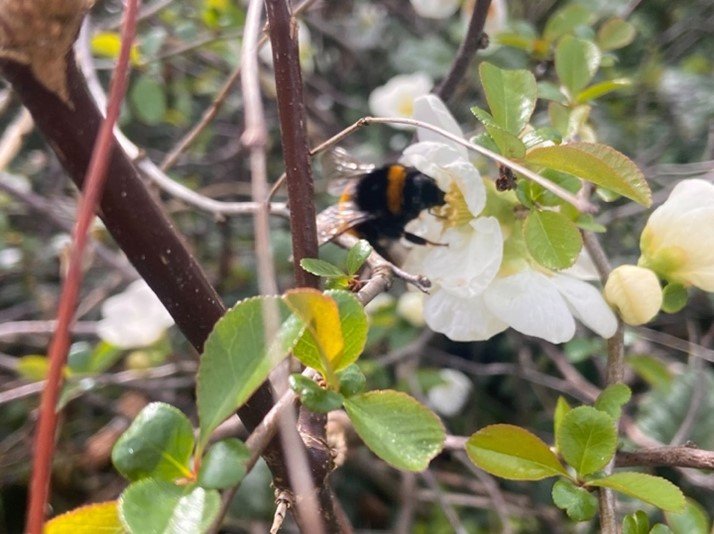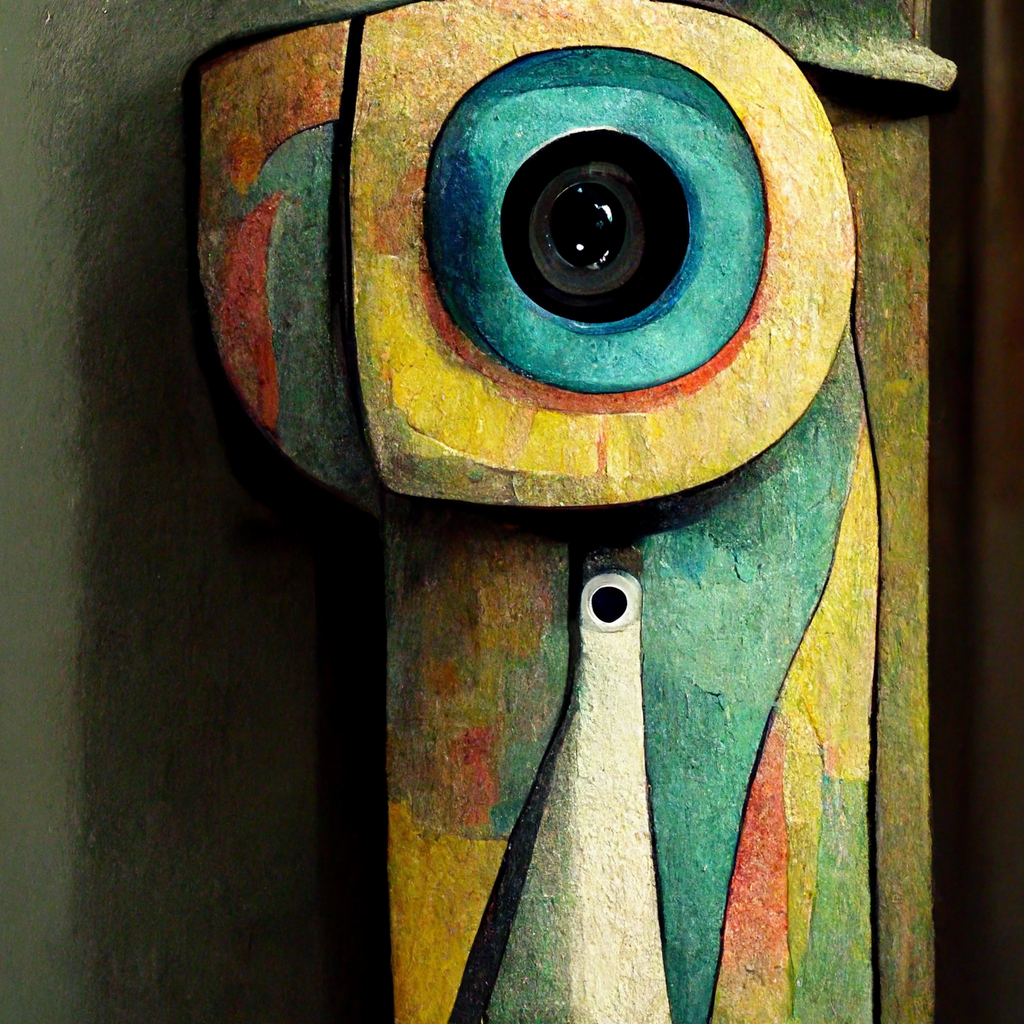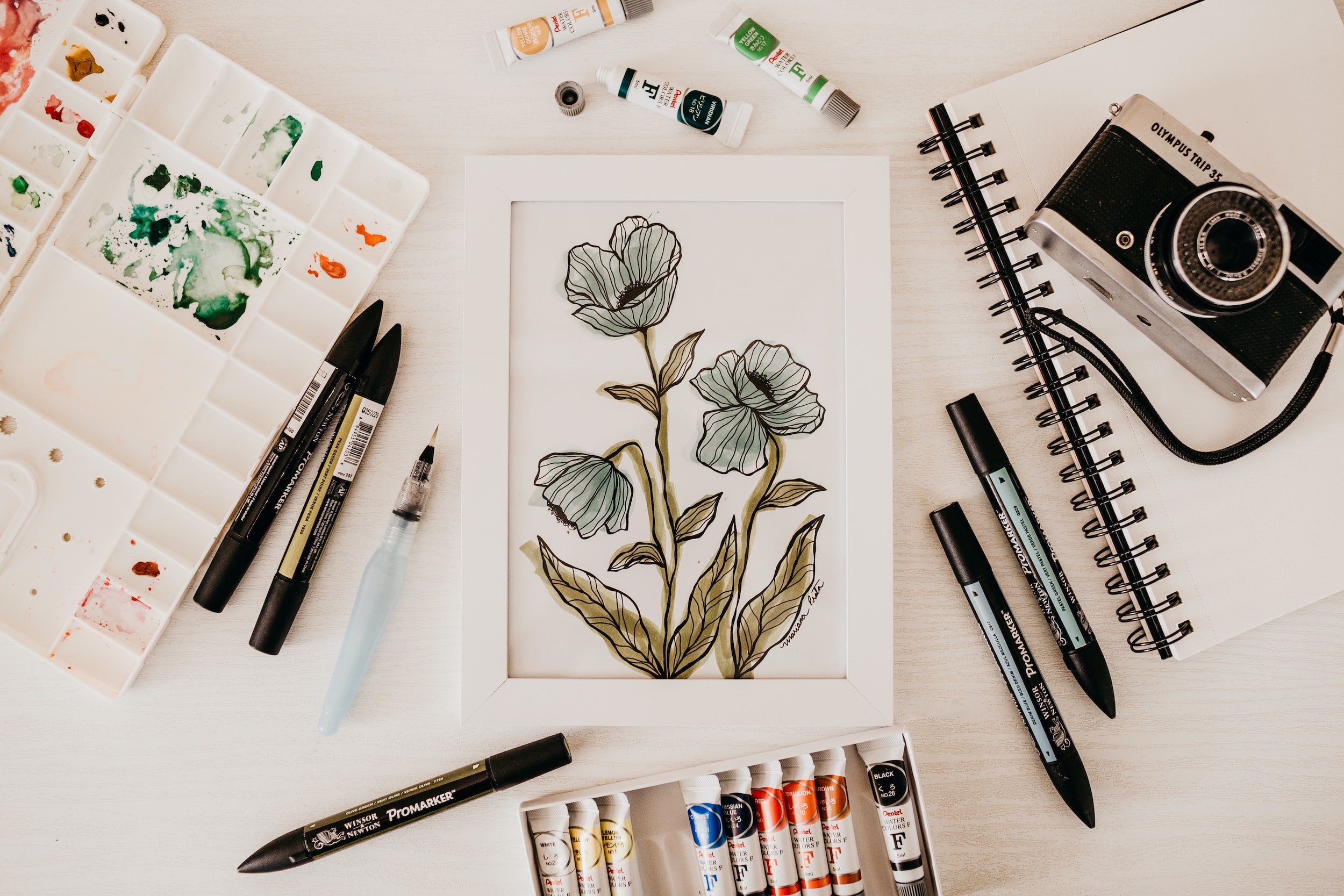Get Creative! Research with Pictures & Stories Webinar Recording
Communicating in visual or multimodal ways allows us to reach people who might not read the words we write. So we can engage in real-time and have a conversation about thought-provoking approaches, MethodSpace is going live with a series of webinars. The first one was Get Creative! Research with Pictures & Stories, which appears below.
The panel-style format featured three expert contributors: Dr. Helen Kara, Dr. Melissa Nolas, and yours truly, Dr. Janet Salmons.
Helen Kara is a UK-based independent researcher, writer, Fellow of the Academy of Social Sciencesand Visiting Fellow at the UK’s National Centre for Research Methods. She is the author several SAGE Publishing books, including four of our Quick Little Fix titles and most relevantly today,Creative research methods in the social sciences: A practical guide.
Melissa Nolas is a senior lecturer in sociology at Goldsmiths, University of London. Her research areas include: human agency and lived experience; childhood, youth and family lives; civic and political practices across the life course; multimodal ethnography; publics creating methodologies. She is the Principal Investigator of the European Research Council funded Connectors Study and the co-editor of entanglements: experiments in multimodal ethnography.
Webinar host Janet Salmons, the Research Community Manager here at MethodSpace, is an independent researcher, writer and consultant through her company,Vision2Lead, Inc. Janet too has written a number of books for SAGE, including Doing Qualitative Research Online, Qualitative Online interviews, and Online Interviews in Real Time. She previously served on the graduate faculty of the Capella University School of Business, and was honored with the Harold Abel Distinguished Faculty Award for 2011-2012 and the Steven Shank Recognition for Teaching for four consecutive years.
More Methodspace posts about creative methods
What if we didn’t have to go fast to do our academic work and research? What if we could embrace the spaces and places around us to slow down? What could that mean for us personally, professionally, and in how we relate to social justice and ecological issues?
Video capture is ubiquitous. What does it mean for researchers, and how can we analyze such data?
How can you study digital culture and activism? Watch this interview with Dr. Lyndon Wray.
Look at the choices of video methods made by authors of four research articles.
How do we understand and interpret visual or video data? See these open-access articles for ideas and examples.
Find a collection of open-access articles about analyzing and interpreting photos generated by participants using photovoice mmethods.
How do you analyze data in photovoice studies? Jean M. Breny, Shannon L. McMorrow offer an introduction.
The baby crying next door. Chaotic street life that permeates the apartment. Music. The tone of voices in the interview recording. Whether intentional or not, sometimes important data can be heard. How do we analyze and interpret aural data? These open-access articles offer some examples.
Charles Vanover, Paul Mihas, and Johnny Saldaña discuss their excellent book in this lively video interview.
Find open-access instructional materials from the course: Data Visualisation in Political Psychology at The University of Sheffield.
To learn more about the varied ways to collect, elicit, or generate data with creative and visual methods, consult these sources.
In this interview Gillian Rose and Janet Salmons discuss visual methodologies and methods, and the fifth edition of Rose’s important book, Visual Methodologies: An Introduction to Researching with Visual Materials.
Images or other creative expressions generated by participants can offer rich sources of data. What are the ethical issues in such studies, and how can we navigate them? Find examples and guidance in this collection of open-access articles.














Sometimes taking a break from the keyboard to write by hand unleashes creativity.